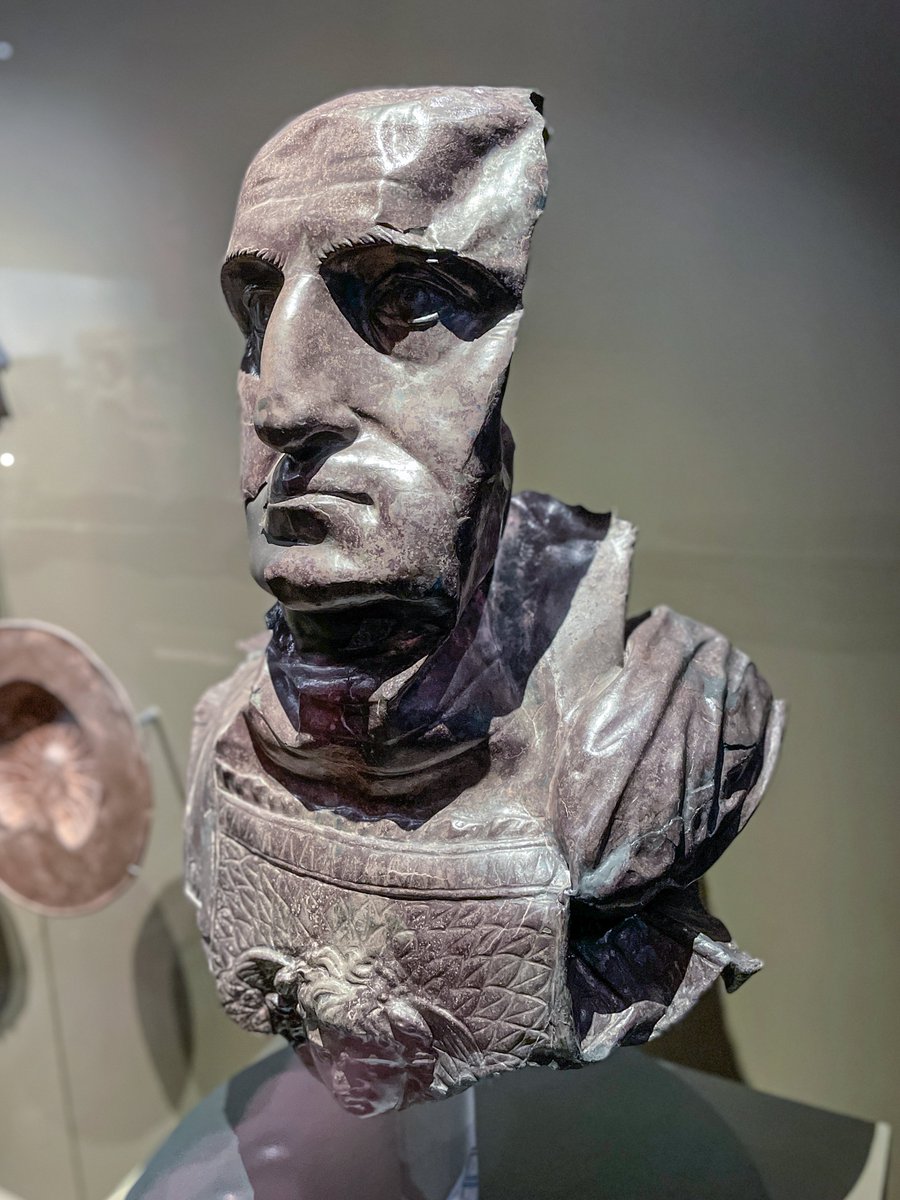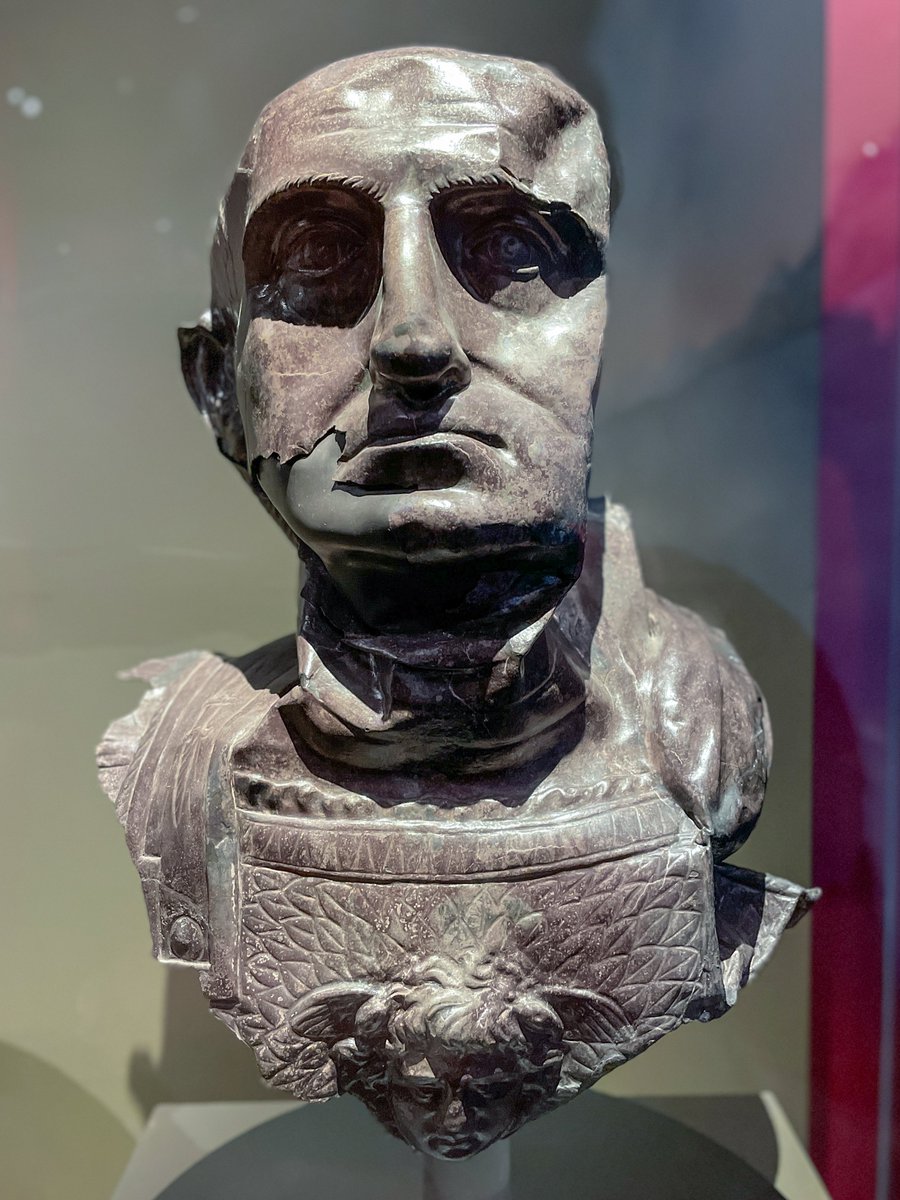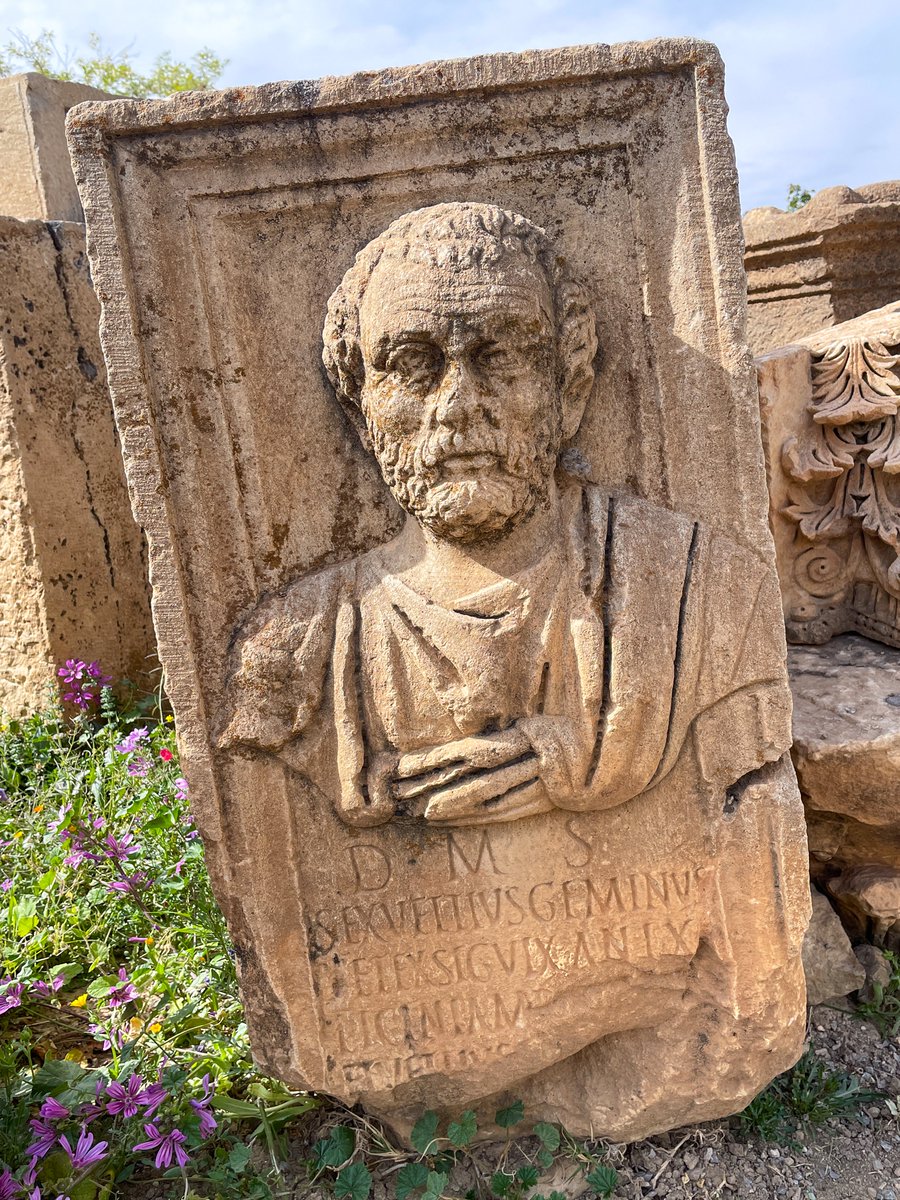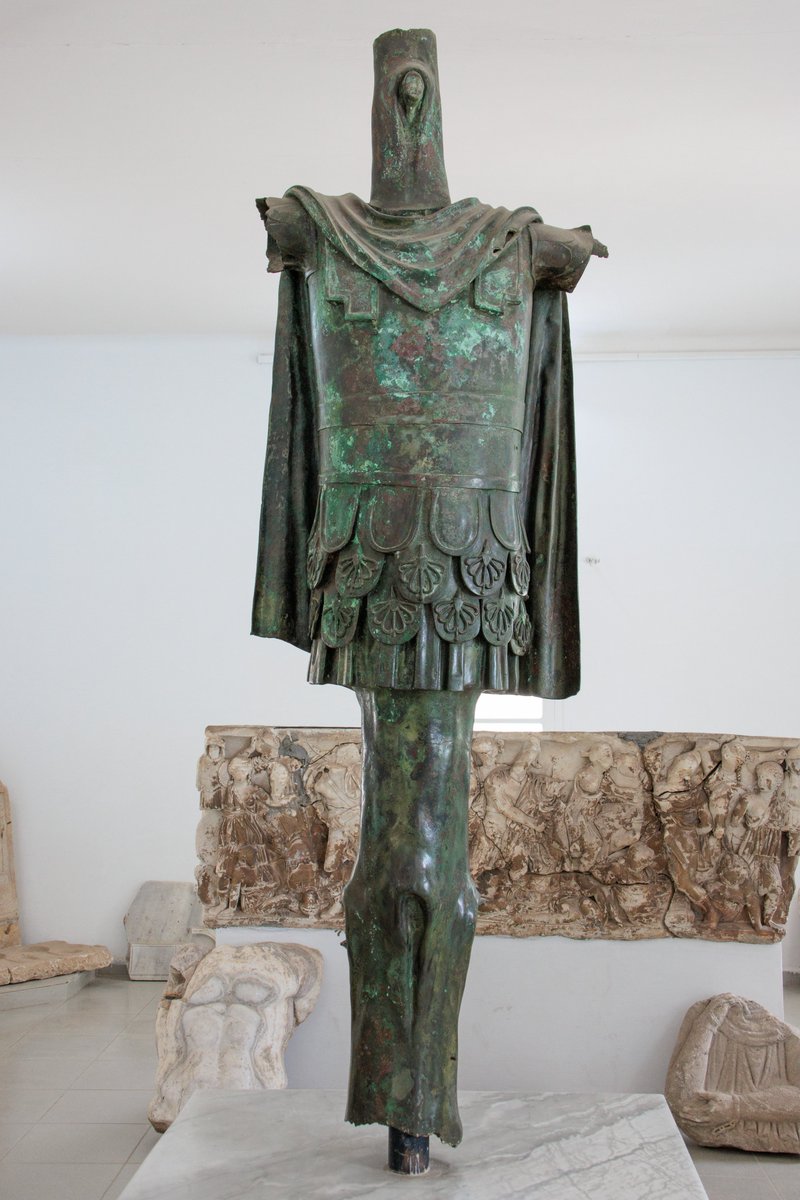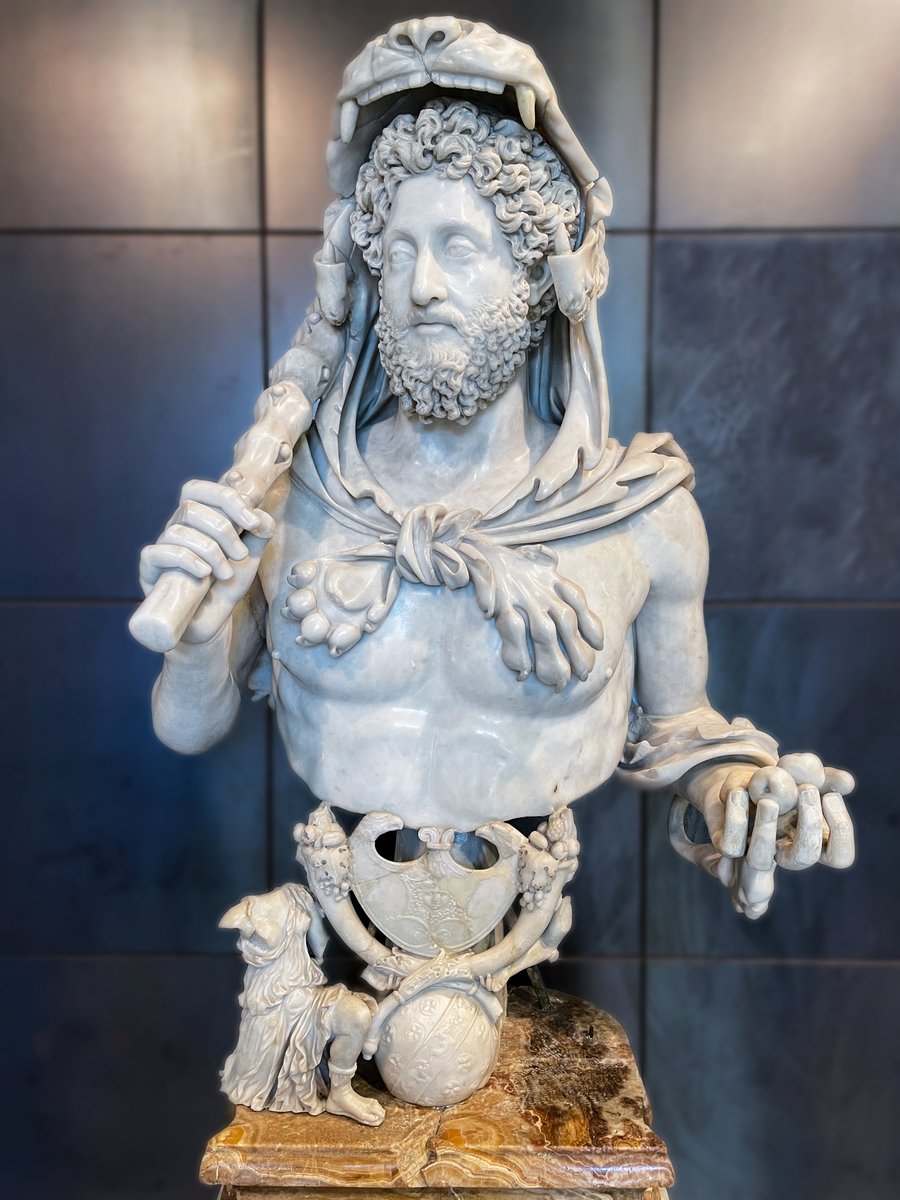1) The streets of ancient Rome were chaotic and rowdy - the philosopher Seneca lived next to raucous public baths and had to learn to live with the constant row: "As I study in my apartment overlooking the baths I'm surrounded by every type of racket..." 
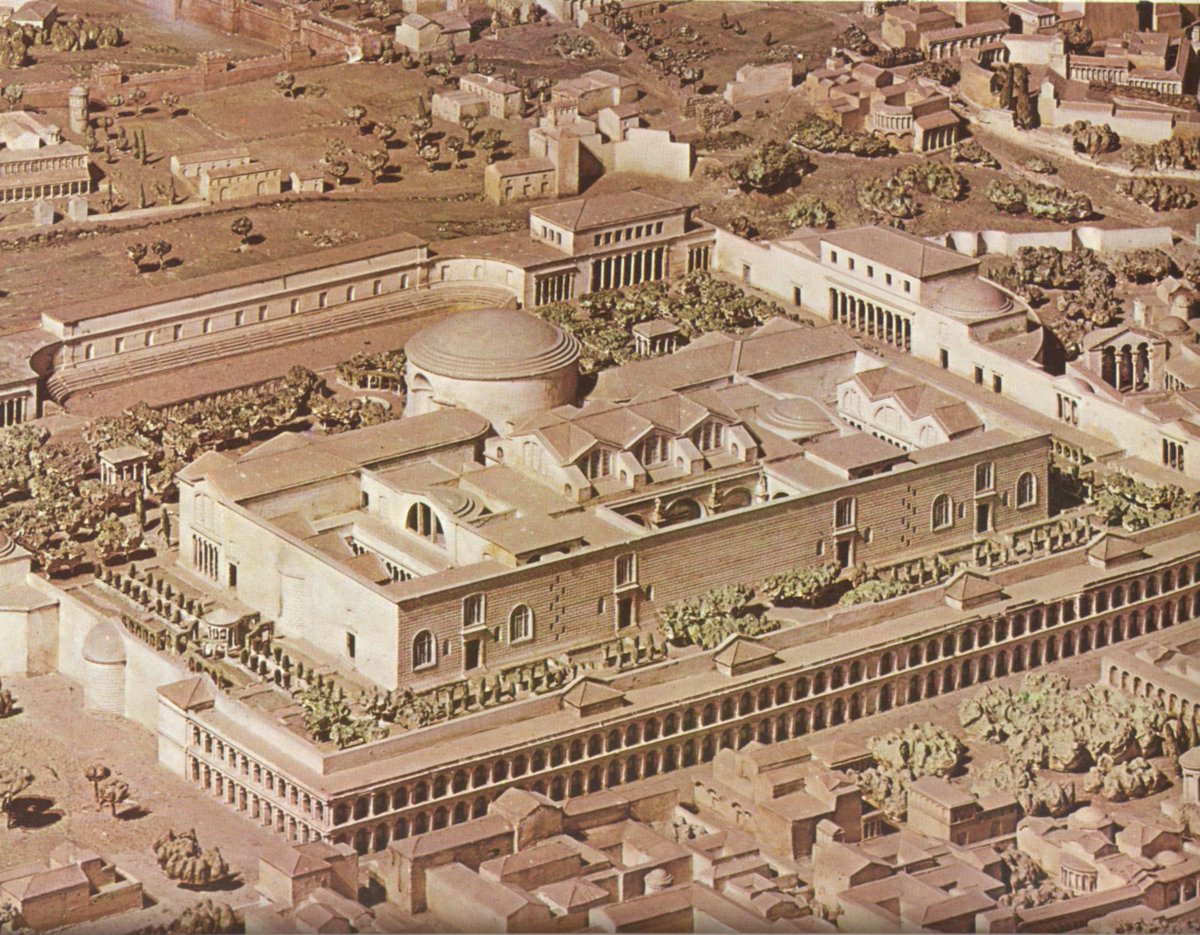
2) "Sounds that make you loath being able to hear: I can hear the groans of the bodybuilders pumping iron and throwing their heavy weights all over the place, either really putting their backs into it or just hamming it up..." 

3) "Even when it comes to the lazy chap having a massage, I can hear the slap of the hand on his shoulders - I can even tell the difference between a flat slap and a hollow one. When the ball player comes along, yelling his score - then that's me finished!.." 

4) "Pile on top of that the roaring and shouting, the thief being caught, the bloke who likes singing in the bath, as well as those who think it's clever to dive in the pool with giant splashes of water..." 

5) "Then you have the armpit-hair-plucker calling out his services with resonant yells, except for when he gets on with his work and makes someone else yell for him! Add to that a medley of noise from drink-sellers and hot-food vendors, all hawking goods with their unique cry!.." 

6) "You might think I'm either made of iron, or deaf, if I am not disturbed by this discordant row all around. Nevertheless, I say with certainty this barrage of noise now has no more effect on me than the sound of the sea or running water." 

From Seneca's Letters to Lucilius (56.1-2) c.65 AD #roman #ancient #history #sociology #philosophy #urbanism 

• • •
Missing some Tweet in this thread? You can try to
force a refresh








